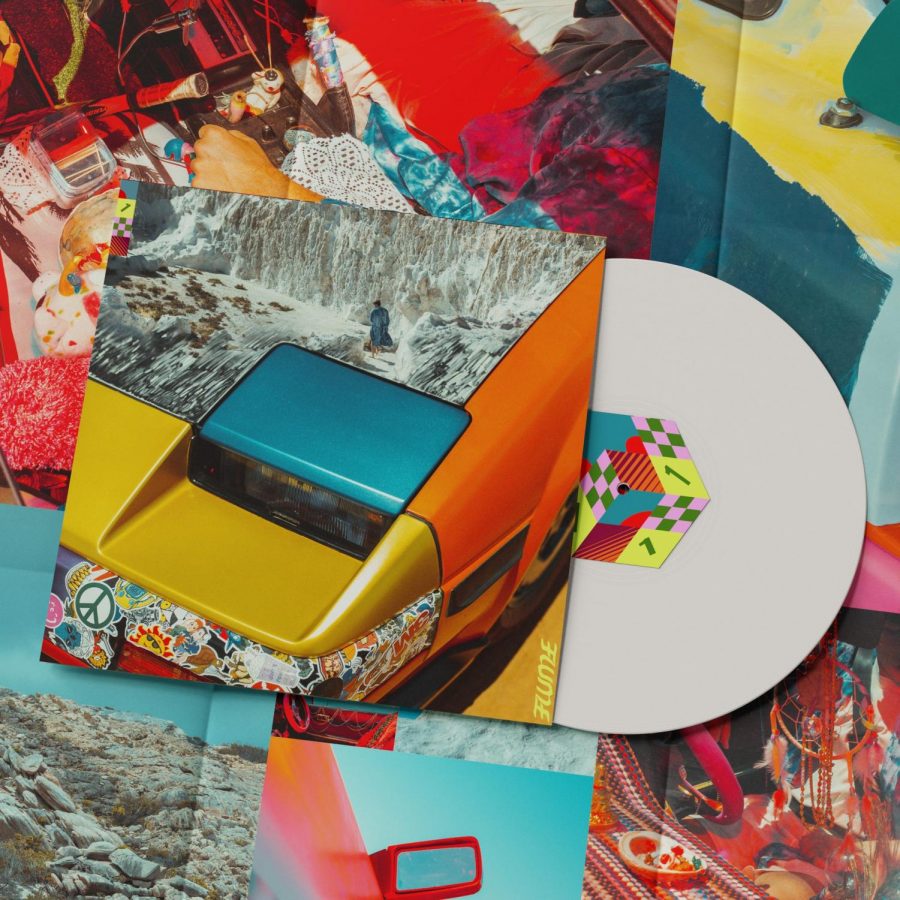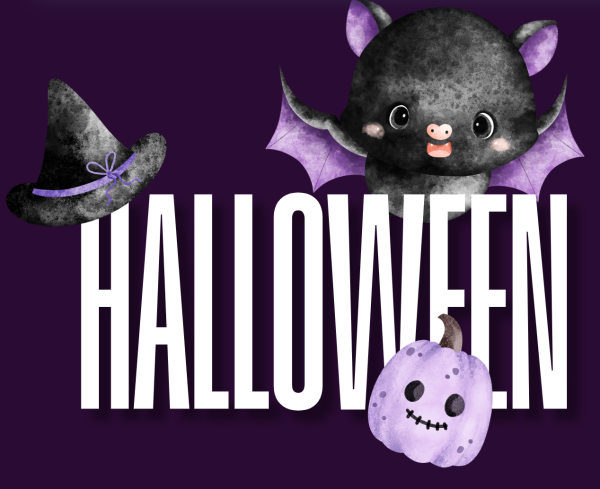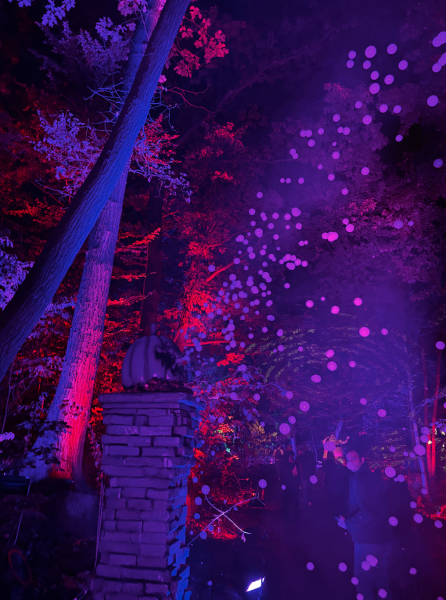Flume’s Dazzling, Disorienting Splurge of New Electricity
By Kieran Press-Reynolds
I don’t remember the first time I heard Flume. Surely, though, he made an impact — he provided the soundtrack to all of my cross country runs in high school.
His songs sounded more divine than anything I had ever heard, from the crystalline oscillations of his remix of Lorde’s “Tennis Court” to the glassy lattices of vocal shards on “Insane.” The bleeps and bloops of tracks like “Smoke & Retribution” traced the neural trails of my brain as my pounding feet traced the neural trails of California.
The toll of long-distance running, done properly, is complete mental and physical exhaustion. But when the hyperventilation subdues and you feel the gaseous rush of dopamine, you realize why you run.
The world changes. Music, for one, becomes hyperreal, the slightest melody transforming boring freeway landscapes into cylinders of color. The dizzied euphoria of school bus rides back from races became fused with Flume over time. His electronic music surging through my earbuds and into my aching muscles. It was the only thing powerful enough to compare with the effort exhausted, the agony and ecstasy of pushing my body to near collapse. Arguably more influential than many of my coaches.
Coinciding with my graduation from high school and running, it seemed Flume had graduated from music. Two years passed with no original music, only a batch of remixes. Then, out of nowhere, in strode Flume like a cowboy in an old Western, proclaiming his return with a tip of the hat and a gunshot in the air — with the announcement that he had an entire mixtape ready to release the next day, March 20th.
When I begin listening to his new mixtape, “Hi, This Is Flume,” I immediately feel a strange pang of déjà vu.
I can predict the rhythm of the sliding doors on “Ecdysis,” a complex set of chords so intimate it conjures a double-take. I feel flesh in the clipped croons of “Daze 22.00,” the spitting image of Flume-ified vocals I’ve heard many times before. I experience glitches of memory and emotion as “Vitality” trills and twitches through time.
Does the familiarity of the sounds never fade, or have I never left 2015?
A quick recap for those that don’t know Flume: the Australian DJ rose to fame in the middle of the decade for his unique brand of electronic dance music. He took future bass, a sound characterized by bright melodies and sheeny sprees of chords — in a word, hyper-happy — to the mainstream. Flume’s allure always has been his ability to create seemingly endless configurations out of the same set of sounds.
“Hi, This Is Flume” is Flume’s best configuration yet. The album is an ecosystem, condensing a spectrum of sounds into a 38-minute-long spectacle. Everything is perfectly cohesive; transitions allow songs to merge perfectly into the next.
The best transition joins “Voices” to “MUD.” A masterclass in manipulating tension, Flume wills the fervent climax of a swelling cocoon into a cacophony of industrial fluttering. This bionic butterfly makes a statement, which, really, applies to all of Flume’s music: technology has the ability to seem more organic than real life.
Using immaculately-sculpted digital dazzle, Flume animates the Computer Age so well that it takes over reality. I think about running and realize how intertwined some of my happiest moments are with Flume’s music and the music of other electronic artists I listen to. When the power of music is used to soundtrack one’s life, the unreal is superimposed on top of reality. One’s memories of that time of life are welded to that music.
Perhaps what scares me most about this tape is that it’s my true time-passing album. I’m no longer the 16-year-old runner. There’s no limitless future on the horizon. I realize that part of my experience listening to Flume was what I put into it — stitching to his radiating chords and vibrating synths my own radiant, vibrant imagination.
Only some artists are capable of inspiring this sort of reflection. Flume is one of them.















































































































































































































